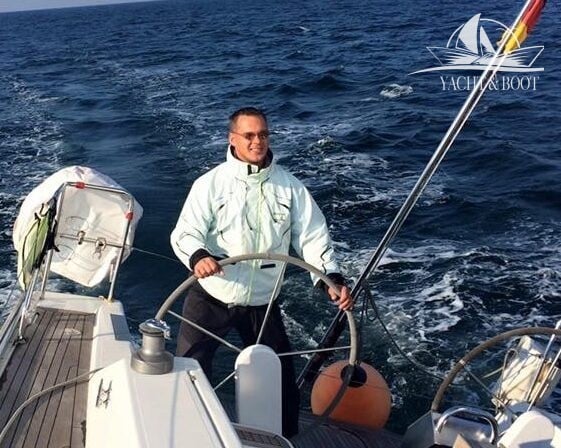Advertise
The boat market is currently very full of offers. A well-completed and detailed exposé can make all the difference in the boat market to stand out from the crowd.
Take your time and fill out the form to the best of your knowledge.
Later additions are of course possible.
If you are unsure how to fill in the form, you are welcome to contact us at any time.
